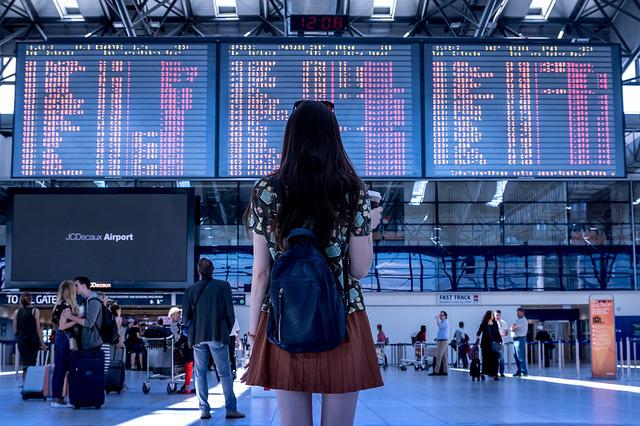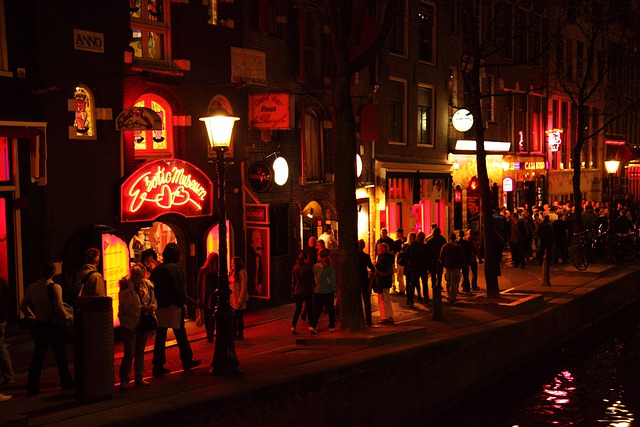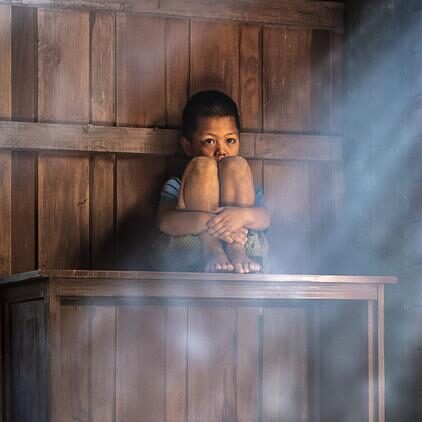Tourism has become increasingly cheap and more widely accessible in recent decades. Before the pandemic began, it was reckoned that approximately 1.8 billion people would be travelling every year by 2030. This increase in international and domestic travel produces huge benefits, of course, including greater cultural understanding, economic growth and the preservation of local monuments and traditions. Despite the undoubted benefits of tourism, however, there is another, far more shadowy side to the industry: human trafficking.
INTERSECTIONS OF TOURISM AND HUMAN TRAFFICKING
Sex and labour trafficking are particularly prevalent as factors in the tourism industry. This includes areas such as sex tourism, child abuse and the use of hotels for sex trafficking. Labour abuse can be added to this, a category that covers child labour and beggars, hotel staff, construction workers and the trafficking of workers in the supply chain.
In the United States, for example, 8.2% of cases of human trafficking for sexual exploitation take place in hotels. 1.3% of cases of labour exploitation can be found in restaurants and bars, and 0.6% in hotels.

Modern slavery can be found in all countries and many industries around the world. According to international extrapolations, around 40 million people were trapped in modern slavery in 2016, and 152 million children were victims of child labour. The tourism industry is particularly vulnerable to human trafficking and exploitation. There are a number of reasons for this: the relative anonymity provided by frequent changes in guests enables victims and perpetrators of human trafficking to disappear unnoticed at hotels and airports. This particularly applies to sexual offenders, who are able to use the hotels and motels as part of their activities. As well as this, the frequent use of subcontractors to provide construction workers, security staff, waitressing staff and cleaners creates increases the level of vulnerability of the tourism industry itself to human trafficking.
When it comes to sexual exploitation in tourism, South-East Asia is a particularly well-known hotspot, including illegal child sex tourism.
TOURISM AND SEX TRAFFICKING

Although sex trafficking is a global problem impacting all sections of the population, more than 70% of victims are women. The Asia-Pacific region includes more than two-thirds of global victims of human trafficking more generally, with more than 25 million victims. When it comes to tourism, this is reflected in the numbers of victims in countries where sexual exploitation in tourism related to human trafficking can be found most often.
What makes sexual exploitation most difficult to prosecute is the situation in the eyes of the law in those countries where the sex trade is legal. Many of the places where prostitution is legal also have a flourishing sex tourism industry.
Tourists come for sex shows, prostitutes, and other sex-related services. Countries such as Thailand, as well as the Netherlands in Europe, are well-known hotspots. Some travel agencies even promote sex tourism in Bangkok and Amsterdam, although the governments of these countries are striving to disentangle their image from these perceptions.
Prostitution has been legal for more than 20 years in the Netherlands, since when sex tourism, too, has boomed. In reality, though, not all legal sex workers are being employed voluntarily in the industry. Estimates suggest that between 40% and 90% of the women in Amsterdam’s red light district are victims of sex trafficking. In Thailand, however, prostitution has been illegal since 1960. Nonetheless, the country can’t shake off its reputation and the stereotype as the world’s number 1 sex tourism destination. This can primarily be traced back to the Vietnam War era, when many US soldiers would travel to Thailand during their time off, and ultimately make use of sex tourism.
Due to the indirect benefits to sex trafficking and abuse offered by tourism, it is all the more important that the industry should be actively campaigning against exploitation.
CHILD SEX TOURISM
While sex tourism tends to be found alongside legal prostitution, child trafficking and abuse are happier operating covertly, in the shadows. Globally, it is believed that around 20% of victims of sex trafficking are underage, although the number could actually be far higher, particularly in Asia. Selling children to tourists for sex is big business. In South-East Asia alone, something like 250,000 tourists have sex with underage children while on holiday – every year. Estimates show most of the customers for such services coming from the United States and Australia.
The organisation ECPAT (End Child Prostitution in Asian Tourism) was the first to tackle the issue at a global level, and to try to proceed against abuse. If you observe abuse while on holiday, please go to the following point of contact: https://dontlookaway.report/.
If you would like to learn more about child protection in holiday destination countries, check out this article by Sarah on the issue!

HOTELS AND SPORTING EVENTS

During the Olympic Games in Athens in 2004, there was a record increase of 95% in cases of human trafficking in the Greek capital. Demand for sex trafficking rose particularly sharply during the sporting event. Major sporting events attract large numbers of tourists – male sports fans in particular. It is assumed the increase in sex trafficking came about as a result of the fans’ arrival (the majority of them being single male tourists). Nowadays, however, there are no reliable data relating to cases of sex trafficking surrounding major sporting events, although this does not exclude exploitation by members of the workforce .
In the USA, 75% of victims of human trafficking declared that they had stayed at hotels on at least one occasion during their exploitation. Escort services are offered particularly often in hotels and motels. Sexual exploitation happens at all price levels, from cheap motels to the city’s largest 5-star hotel. Although customers of this sex trafficking can be tourists or business travellers, they are most often locals.
Translation by Tim Martinz-Lywood, European Exchange Ltd.
www.european-exchange.co.uk
